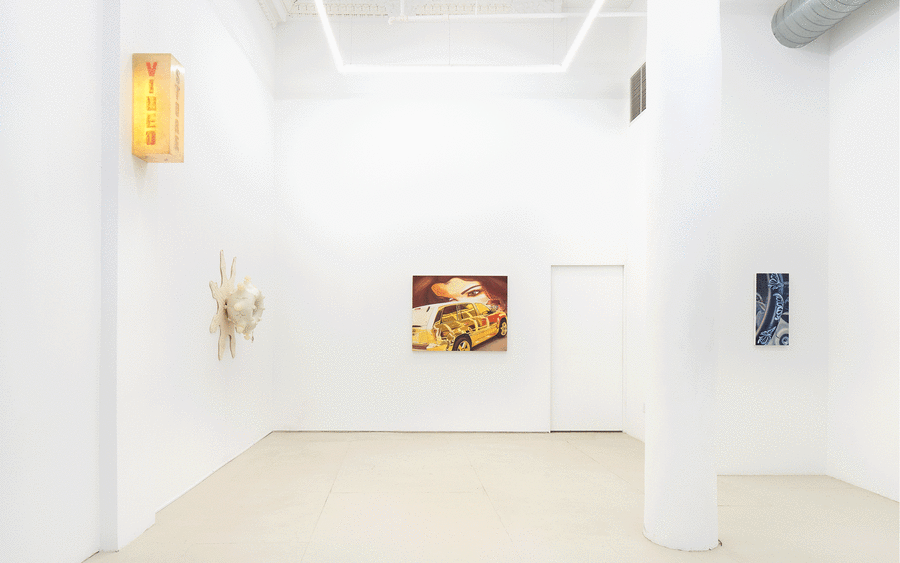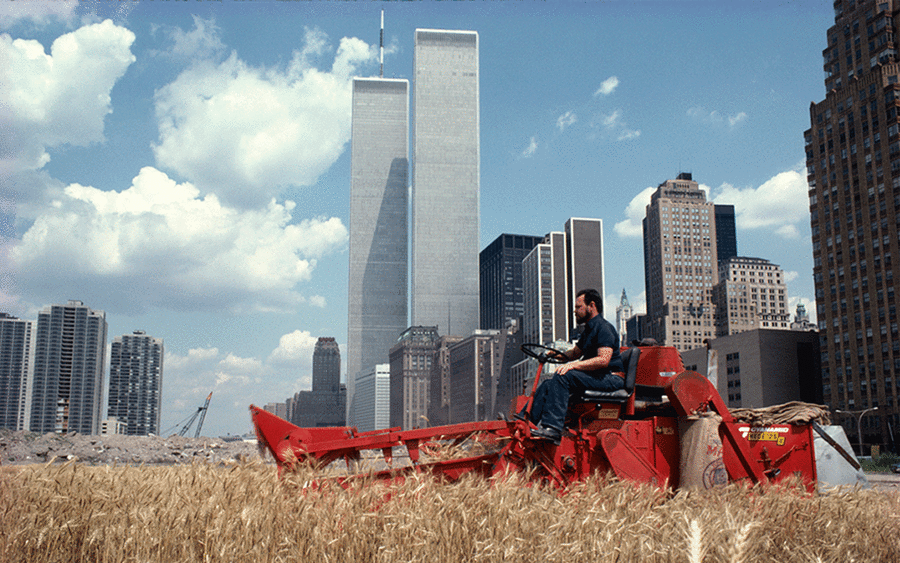Art Basel Miami Beach has a new director well-versed in the scope, demands, and impact of the Americas’ premier art fair. Bridget Finn is a veteran of commercial galleries, including fair participants Anton Kern Gallery, Mitchell-Innes & Nash, and her own joint venture Reyes Finn, as well as not-for-profits including Independent Curators International. For Finn, the fair is more than a barometer of the largest global art markets; it is a beacon, directing art’s currents, conversations, and relationships. She discusses her plans for the fair, including innovative schemes to support mid-career and emerging galleries.
Skye Sherwin: Your background includes work for non-profits and within the commercial gallery sector. How has that experience shaped your approach to the fair?
Bridget Finn: It’s provided me with critical perspective. Having the experience of participating in the show allows me to think through different challenges that galleries might experience in a nuanced way. A gallery participating for the first time in Positions is thinking about something very different than a gallery that has been doing the show for 18 years; we want to provide the best experience and outcome for both.
How are you addressing that as a new director?
After the last iteration of the show, some galleries were hopeful for a smaller footprint. We have a sliding scale pricing structure and we’ve introduced a smaller booth size that is open to anyone in the Galleries sector. It means that smaller younger galleries who previously participated in Nova or Positions can get their footing in the main sector of the show. We’re welcoming 32 new galleries including ones from Argentina, Brazil, Colombia, and Mexico. I think that this fresh programming will have a palpable impact on the fair’s energy this year.
What are the different challenges involved across different sectors, such as Meridians for large-scale projects, Positions for emerging talent, and Survey which looks back at an artist’s achievements, and so on?
Meridians comprises large-scale works that appeal to a different collecting audience; it’s geared towards institutional engagement and also to collectors that have large wall space, and perhaps an outdoor area to site sculpture. This entails a different kind of outreach than the main gallery sector. For this the Galleries sector conversations start between each gallery and their respective artists to determine which works will be on view; this needs to be carefully calculated and considered each time one participates in a fair. That’s very different than Positions, a single artist’s project. I love this sector because artists conceptualize their presentation nearly a year in advance and the proposals do not change. It’s a great stamp of time and artistic priority. The emerging galleries and artists in this sector present some of the most dynamic young programs worldwide. Don’t miss them!
One of the things that distinguishes the fair is that it is at this nexus of North and South America. What can you tell me about how you continue to research and develop that?
It is absolutely at the nexus between South America, Mexico, Central America, the Caribbean, and North America. We’re deeply committed to this exchange, and to the generative collaboration between those regions. And I think this year especially in the younger sectors, Nova and Positions, you will really see the commitment to artists working in those regions.
As a director, how do you engage with these different regions, what is your day-to-day?
It’s bustling. I am, as you can imagine, in Miami very often. I’m planning a trip to Brazil for the fall. It’s an incredible experience in terms of meeting with galleries, artists, curators, and collectors, and hearing their diverse perspectives on what makes Art Basel Miami Beach uniquely valuable to them. In terms of the day-to-day, it’s been incredibly affirming to witness the commitment of the entire Art Basel global team, and their collective energy to see each of the four shows realized.
What’s the essential skillset for a fair director?
I think it’s having the ability to listen. I think the feedback is what allows us to refine our approach and move forward in the most strategic way. It’s providing entry points for new buyers; how to start the conversation and make people feel welcome. All of that is critical to the success of the show. Last year, we saw a significant uptick in new collectors. It’s reflective of a growing population of art buyers who find their entry point to collecting in the halls of Art Basel Miami Beach. The show is incredibly energetic, exciting, diverse, and highly transactional.
What continues to make the fair stand out for you in the global market?
Part of what drew me to the role is the fair’s success in welcoming different stakeholders, be they VIPs, an exhibiting gallery, journalists, or the visiting public. That really reverberates through the show. It is the largest art fair in the Americas in the largest art market in the world. The show is steering the course of what happens in the Americas. It has an inherently global impact on what comes next in the art world at large.
Art Basel Miami Beach runs from December 8 to 10, 2024. Discover the participating galleries here.
Skye Sherwin is an art writer based in Rochester, UK. She contributes regularly to The Guardian and numerous art publications.
Caption for header image: Bridget Finn, 2024. Photograph by James Jackman for Art Basel.
Published on July 9, 2024.


